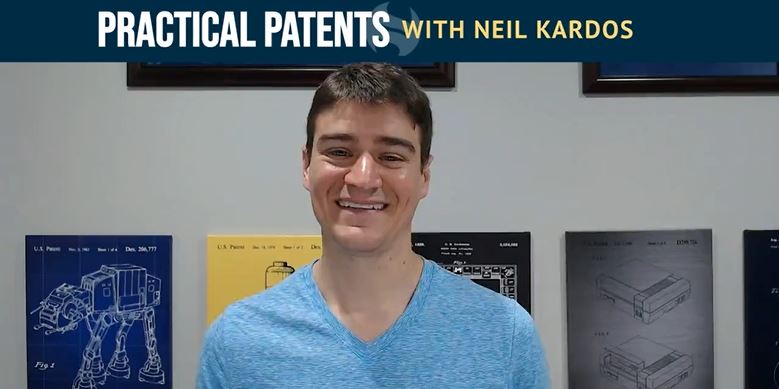Streamlining Inventor Approvals in Patent Drafting
As patent attorneys, one of our principal objectives is to draft applications that not only meet legal standards but also receive the nod of approval from the inventors we represent. It’s a delicate balance of interpreting technical ingenuity and presenting it through the stringent lens of patent law. Join us this week in our Practical Patents series, as Neil Kardos offers seasoned advice on how to navigate this process effectively, ensuring that when inventors review our applications, their most frequent response is an affirming “looks good.”
The process begins with the inventor interview—a critical juncture where the foundation for a robust application is laid. Here, we delve into the nuances of the main embodiment of the invention. Yet, it’s not just about the present innovation; it’s about potential future iterations as well. This is where the art of questioning becomes paramount.
Neil advises that to unlock the full narrative of an invention, one must go beyond the surface. It starts with identifying the novel aspects of the technology at hand. The question “What are some other ways this could be done?” not only helps in outlining potential alternatives but also safeguards against future design-around efforts. By brainstorming these alternatives preemptively and discussing them with inventors, we can stimulate a more dynamic and comprehensive exploration of the invention’s scope.
The inquiry doesn’t stop at what exists; it extends to what could follow. Asking inventors to envision further improvements or next steps in their innovation journey can reveal valuable insights into the invention’s future applications or enhancements. This foresight is crucial in crafting a patent application that is not only relevant today but will stand the test of time.
Lastly, a thorough wrap-up question such as “Is there anything we’ve overlooked?” ensures that all relevant details have been captured. It’s an essential part of the interview that can uncover overlooked aspects, leading to a more complete and robust application.
Setting expectations with the inventor is equally vital. The level of detail and focus in the patent application often correlates with the inventor’s experience with the patent process. For newcomers, it’s beneficial to outline what the patent application will include and why certain aspects will be highlighted over others. This clarifies the document’s focus on novel elements and prepares the inventor for the application’s format and content.
By adhering to these strategies, Neil asserts that patent attorneys can significantly reduce the need for subsequent revisions and increase the likelihood of obtaining that initial “looks good” from inventors. This approach not only streamlines the review process but also fosters a collaborative relationship with the inventor, ultimately leading to higher-quality patent applications.
The key is about understanding the inventor’s vision and ensuring that the patent application accurately and effectively communicates that vision within the legal framework. By incorporating these practices, patent attorneys can enhance their drafting process, resulting in greater satisfaction for both the inventors and the legal professionals tasked with protecting their creations.
Don’t forget to come back for more tips in the next installment of the Practical Patents Series. Until next time, happy patenting!
Note: This blog post is based on the opinions and observations of the author and should not be considered legal advice. Consult a qualified patent attorney for specific guidance on patent application drafting.
Want more tips? Check out other Practical Patents videos with Neil Kardos here!

